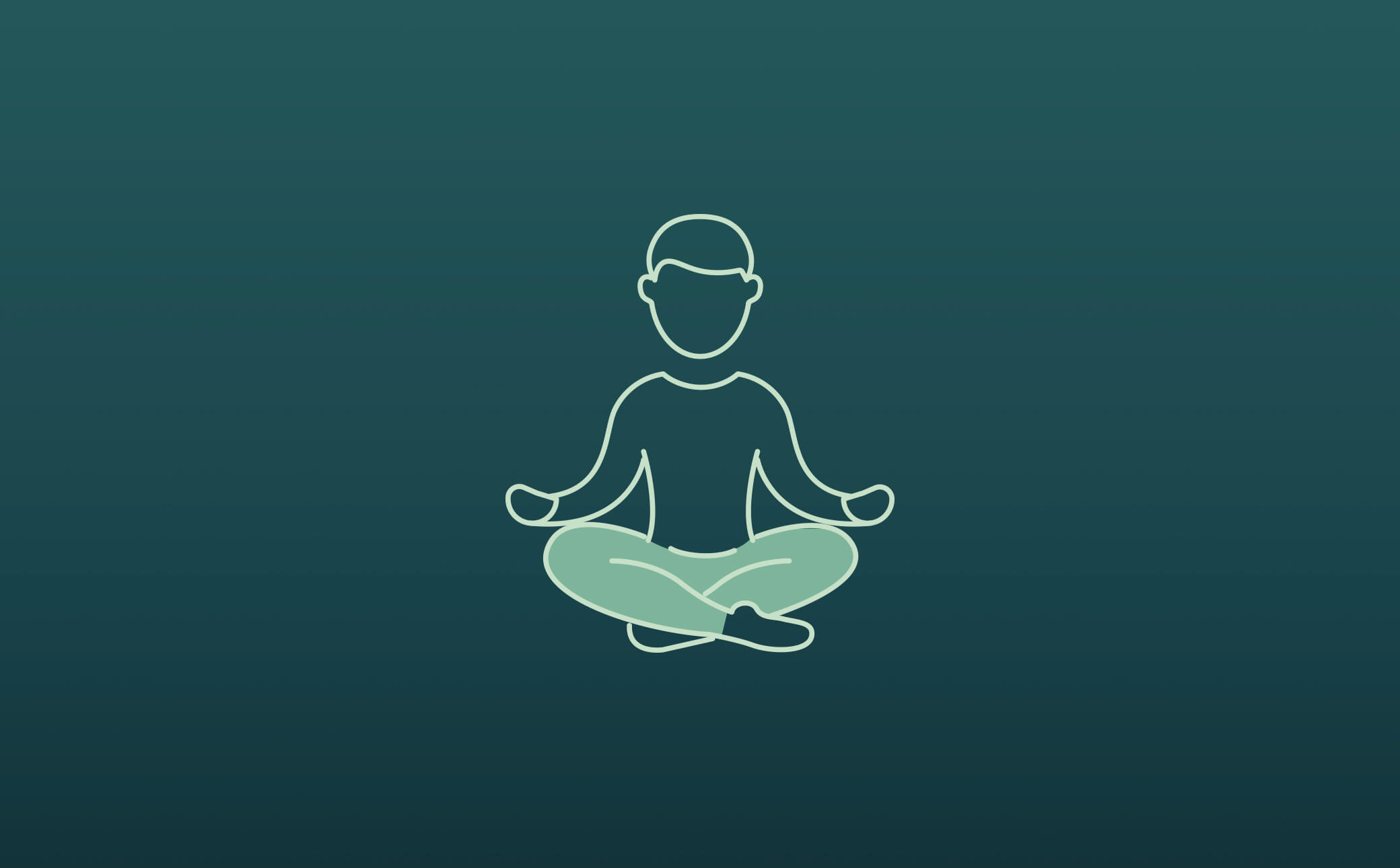If you are a runner, or play any kind of sport that involves running, there is a very good chance you’ve experienced a strange, mild-to-moderate pain in your shins the day after a heavy workout or game that persisted for a few days afterwards. Depending on the severity of the discomfort, some continue exercise, while others have to back it off or completely shut down their routine. For some, this pain appears only when there is a sizeable increase in workload, while for others, it seems to be almost constant. This very common malady among athletes and fitness enthusiasts is called the Medial Tibial Stress Syndrome (MTSS), and is known colloquially as Shin Splints. Let’s get right into it.
Cause
The cause of the pain comes from extra stress and fatique put on the lower tibia — that’s your “shin bone,” due to an improper point of contact of your foot to the ground. over-pronation or supination causes your ankle and foot to “roll” every time it hits the ground, thereby improperly absorbing the shock from the ground strike. With the shock from striking your foot to the ground with every step being improperly absorbed, it travels up your leg, to your tibia, putting undue stress on the bone and attached ligaments. While an exact cause of this condition is not known, the likely culprits are our shoes. From a very early age, the bones in our feet are shaped by the tight, binding shoes that we wear day in and day out. Improper, ill-fitting shoes (how many times have your parents bought you shoes to “grow into”) during our growth phase could lead to improper foot mechanics. As adults, most of the walking and running we do happens on hard surfaces such as asphalt, concrete, and, if you have a very nice office, marble. These hard surfaces do not have nearly the same give as the soft soil/ground we evolved to walk around on, thereby putting much more stress on our feet, arches and lower leg.
Treatments
The treatment is fairly straightforward. If experiencing discomfort in your lower tibia, discontinue the activity, rest, and ice the area. For a more long-term solution, get into a good stretching routine to loosen up the muscles in your lower leg. The more give they have, the less fatigued they’ll get from the stress. Having the right shoes can also be of great help. Keep in mind that miles upon miles racked up in your service pair of running shoes or cleats will beat them into the improper shape your foot is enforcing, so be sure to replace worn-out shoes or cleats. When buying shoes or cleats, do some online research prior to purchasing to find out what works best for your foot and arch type. Some shoes work better for flat feet while others work better for a high arch. Good luck, and keep exercising!



